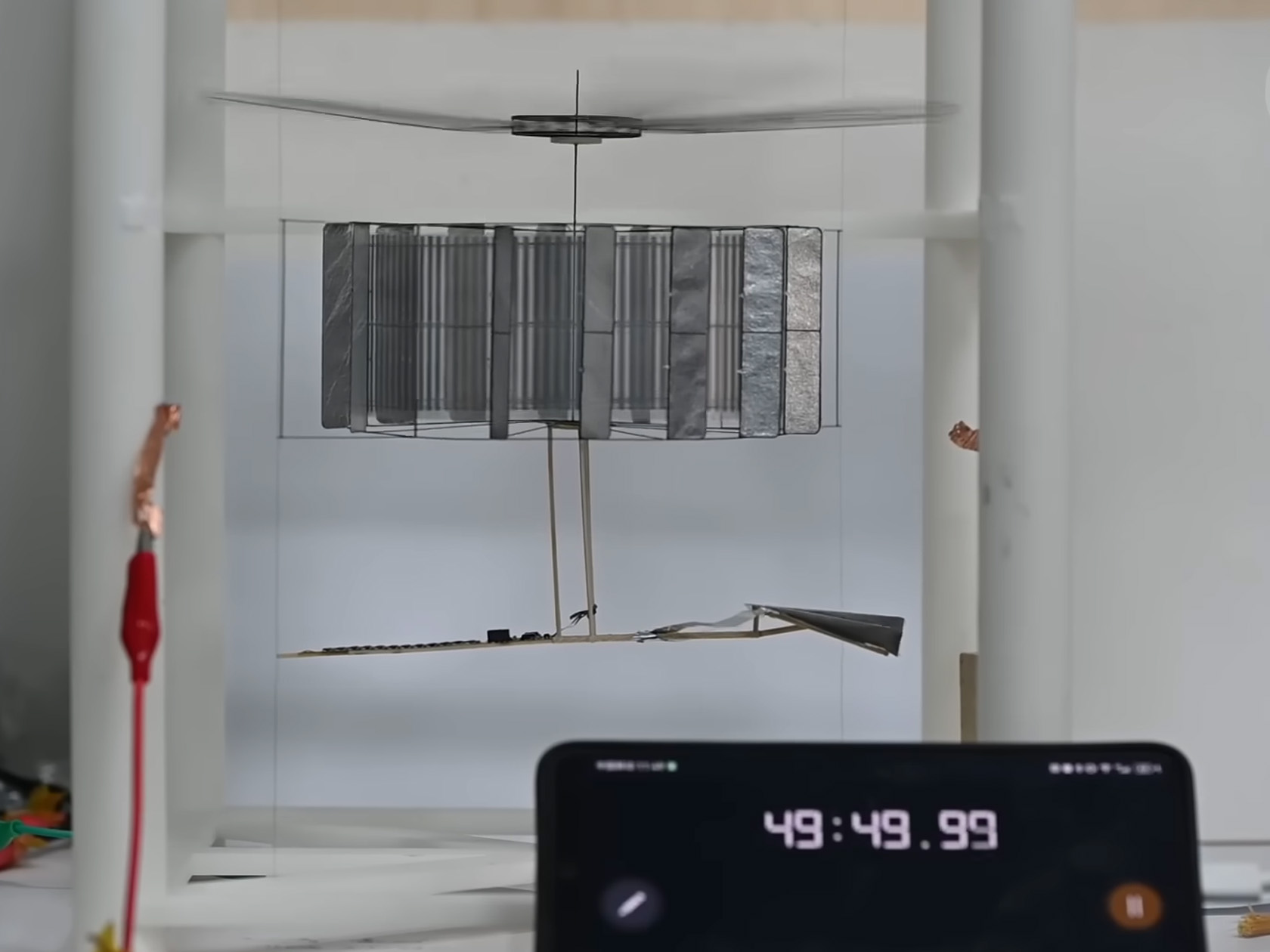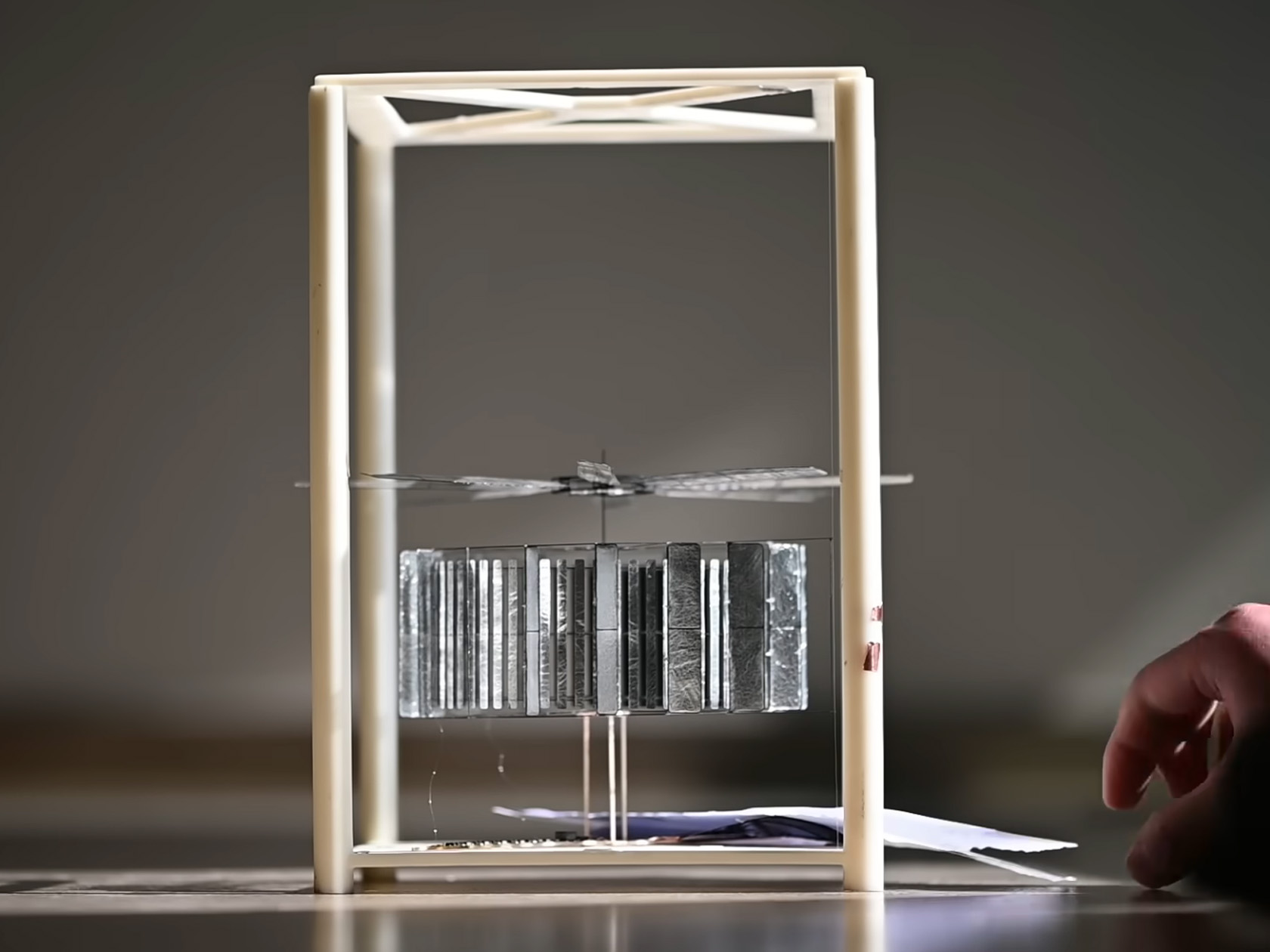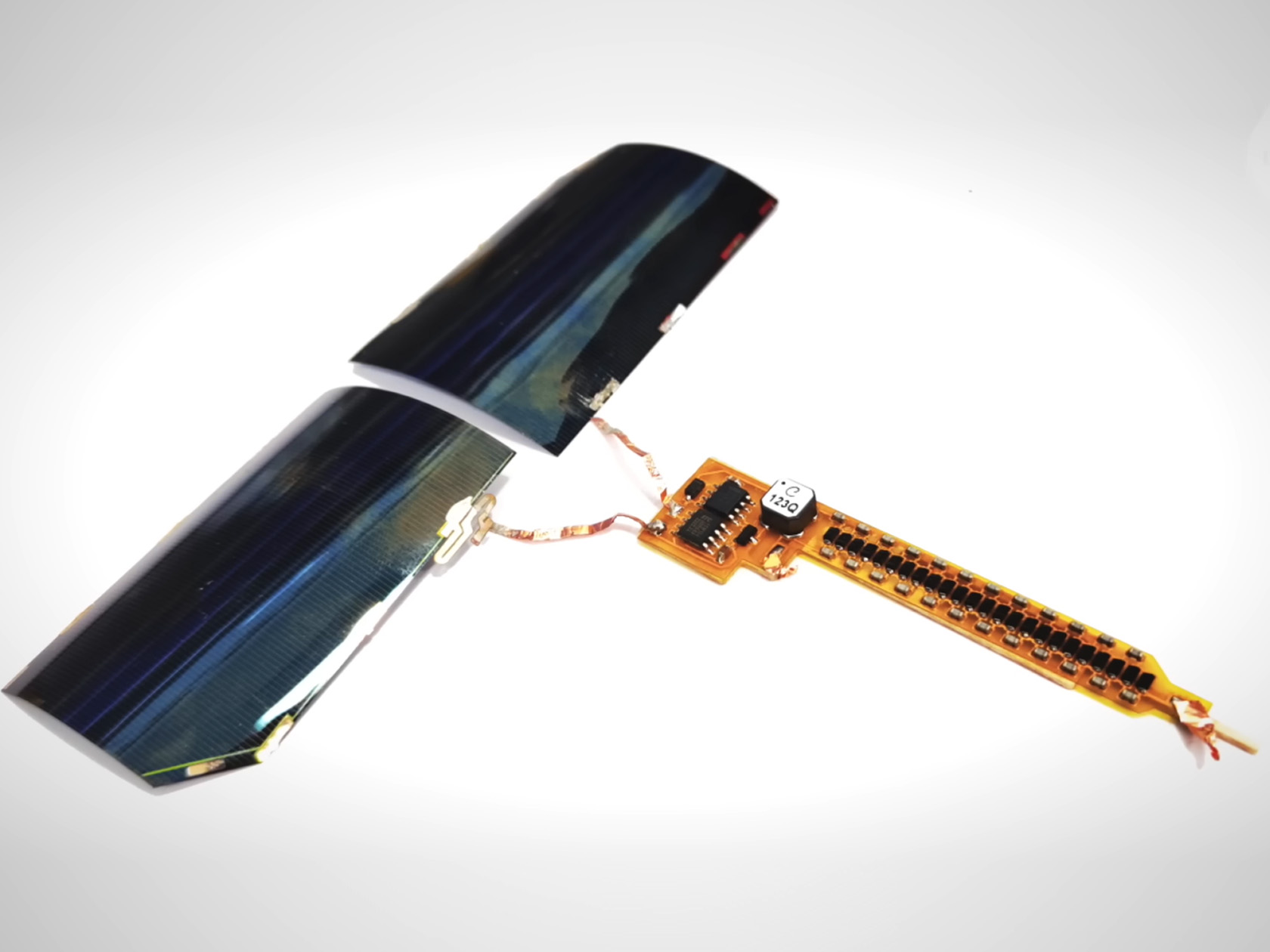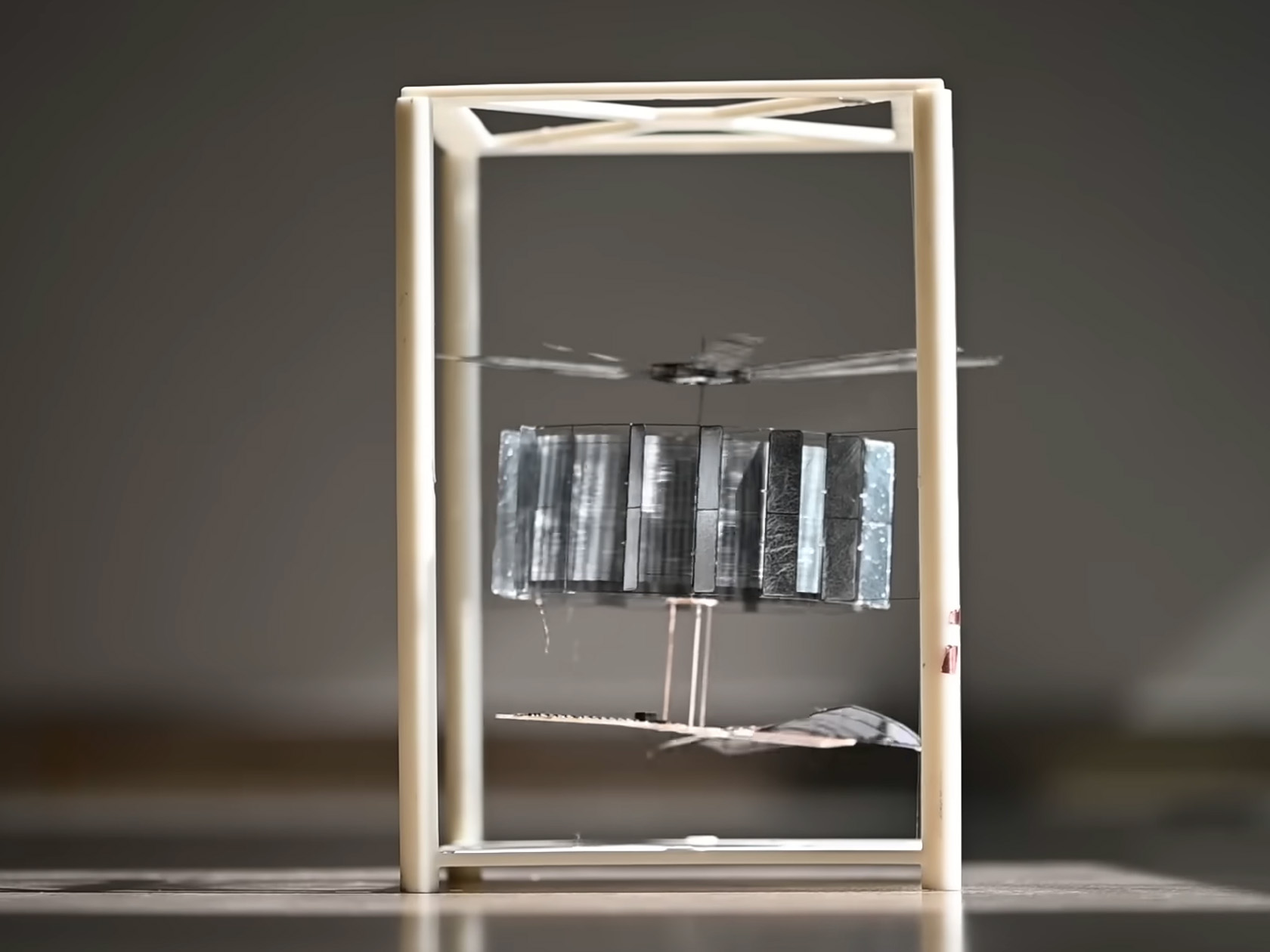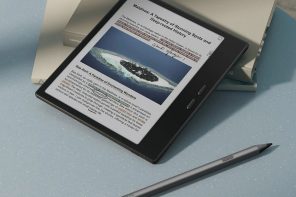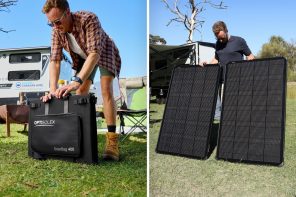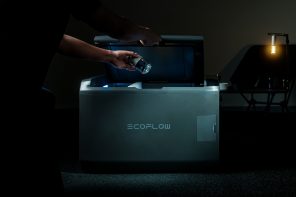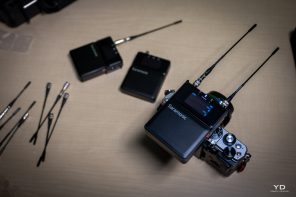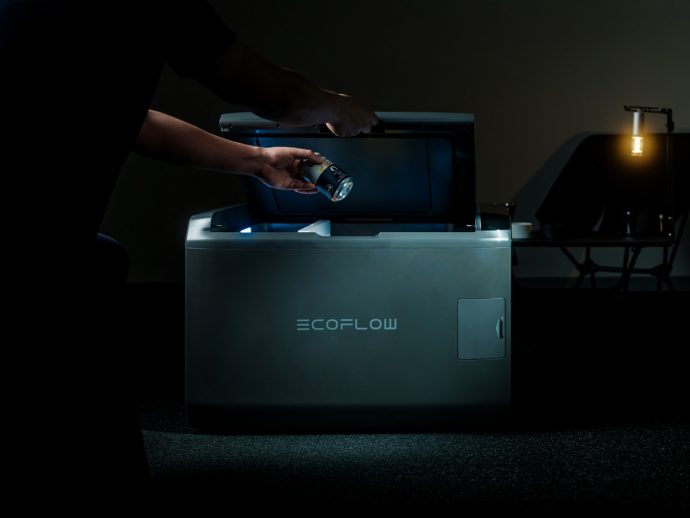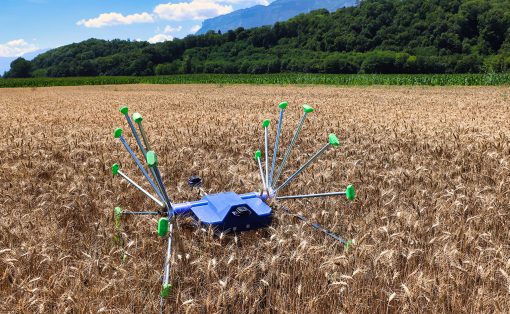A major problem with tiny flying drones, referred to as micro aerial vehicles (MAVs), is that they cannot fly for a very long duration. Especially the MAVs weighing under 10 grams, as such micro vehicles can only stay airborne for about 10 minutes. Using sunlight as a constant power source could provide a solution to keep such bird-sized drones afloat and flying longer.
However, it’s not as simple as sticking a solar panel on the wings. Traditional propulsion systems used in micro aerial vehicles aren’t very efficient at making appropriate use of generated solar power. Moreover, these tiny drones can’t carry much payload, making them inconsistent and unworthy in support operations, search, and rescue.
Designer: Beihang University
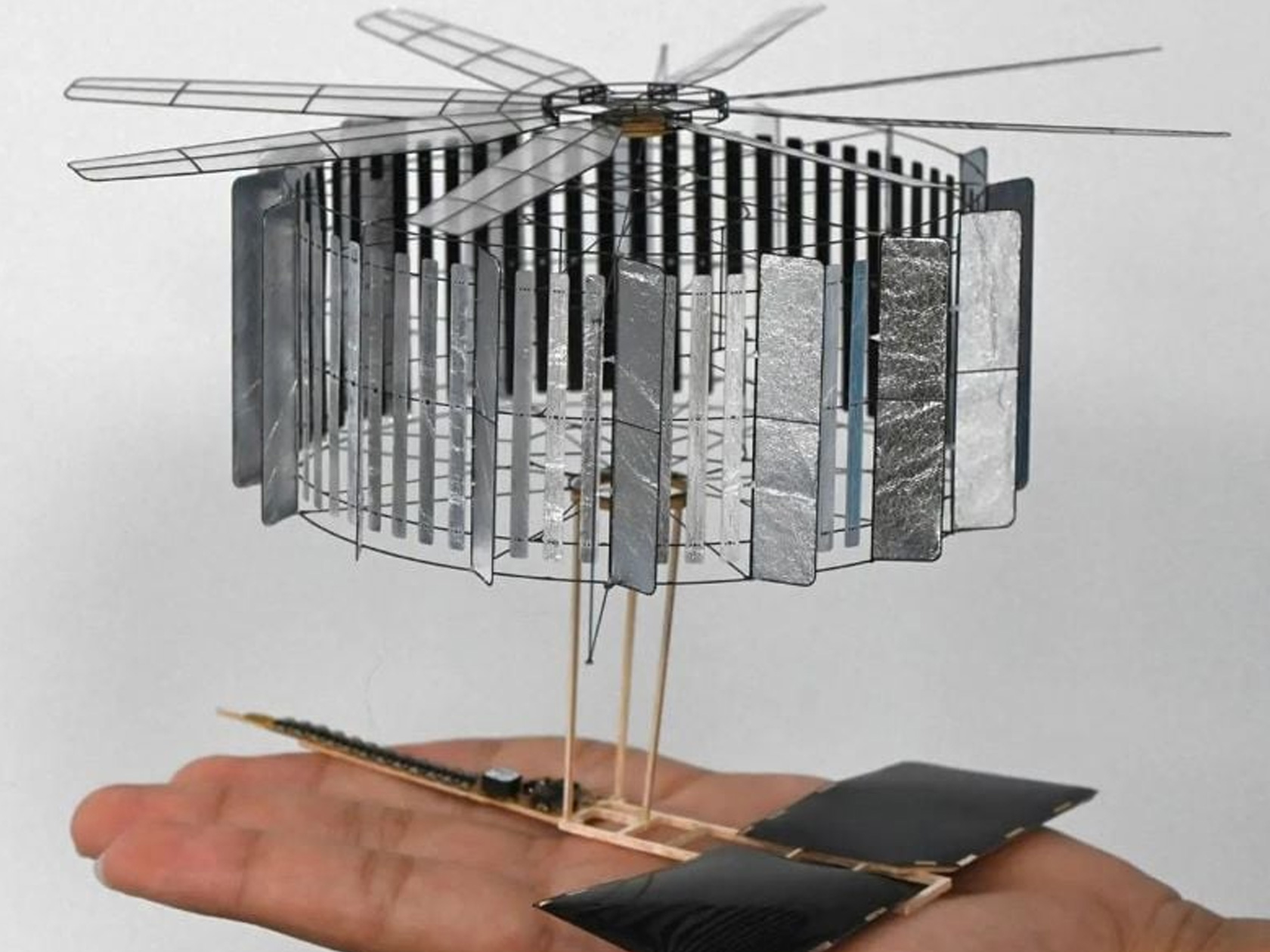
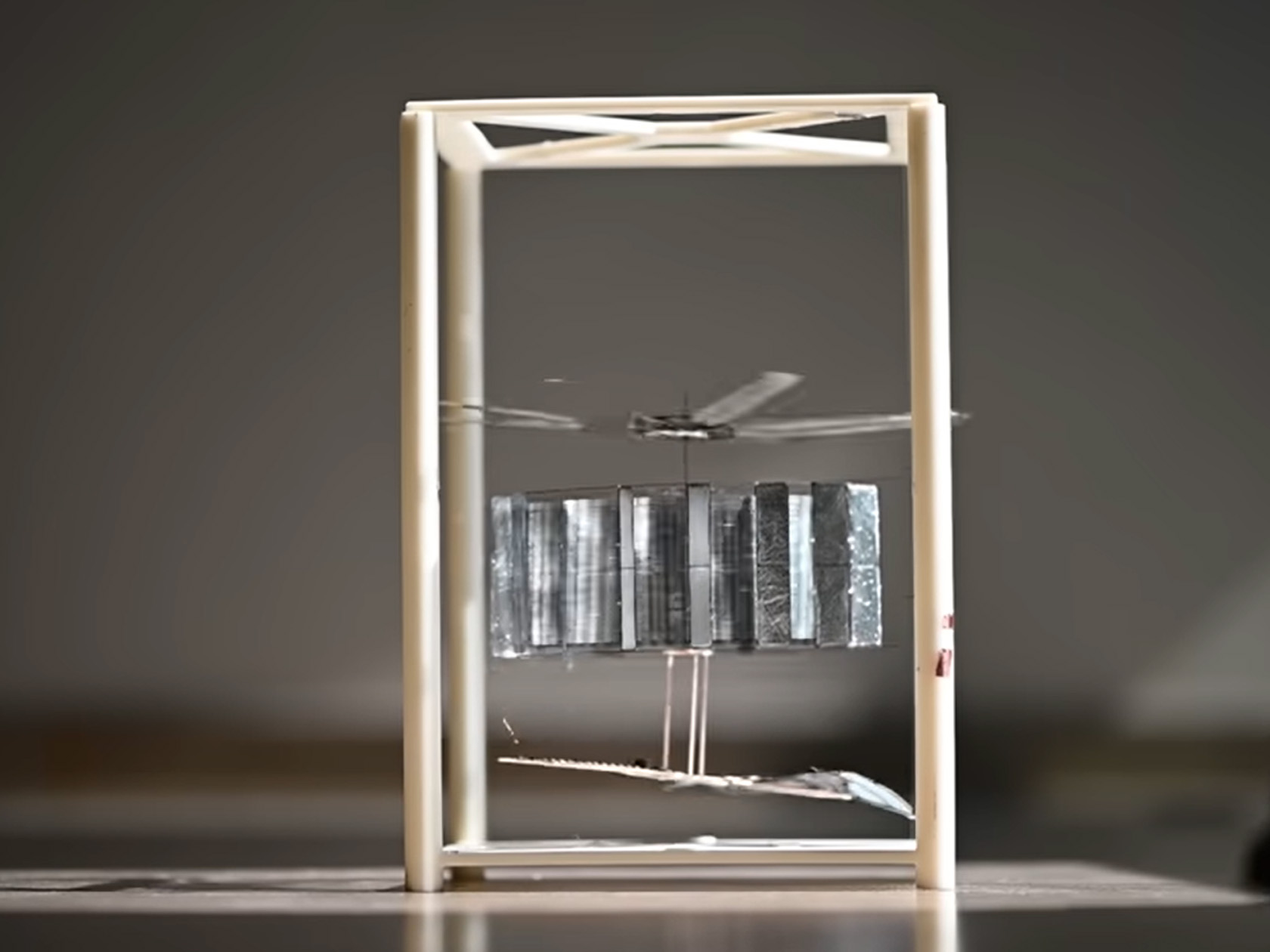
The CoulombFly, a small, ultra-efficient drone powered by static electricity was introduced as a solution to the abovementioned problem by scientists at Beihang University in Beijing, China. The super-small drone uses a special propulsion system that can lift to a decent height while using very little power for the same. The vehicle itself weighs just 4.21 grams – which is extremely lightweight – has a wingspan of 20 cm, and can carry a payload of roughly 1.59 g.
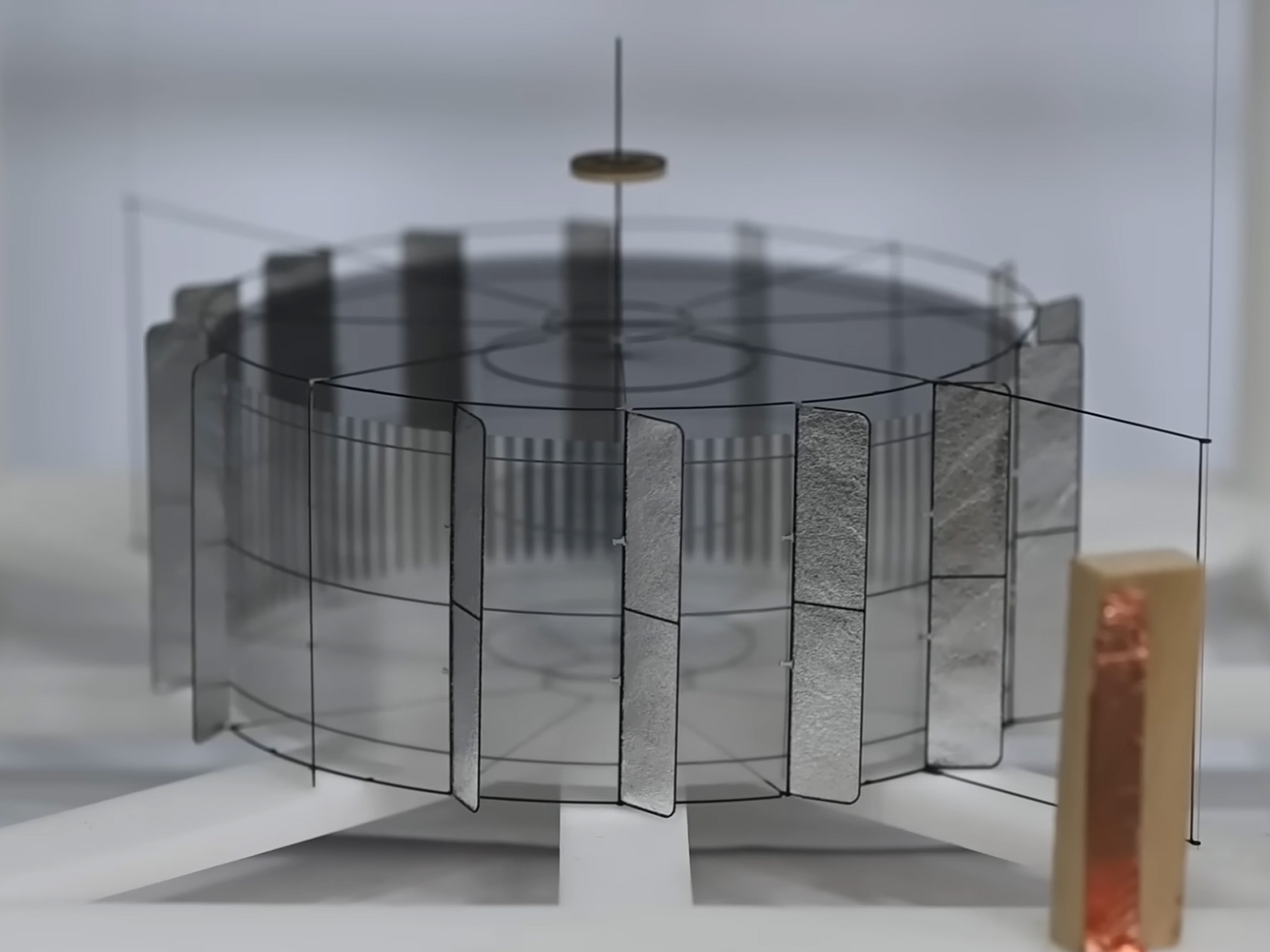
According to the researchers, CoulombFly is about ten times smaller and weighs 1/600th the weight of the previous, smallest and lightest solar-powered aerial vehicle out there. Dubbed then as the smallest and lightest solar-powered aerial vehicle, it is small enough to sit on the palm and is engineered to fly indefinitely while the sun shines on its wings. Mingjing Qi professor at Beihang and the lead of the project says he doesn’t want to settle for this size of the drone. “My ultimate goal is to make a super tiny flying vehicle, about the size and weight of a mosquito, with a wingspan under 1 centimeter,” Qi notes.

Unlike the previous tiny aerial vehicles that rely on electromagnetic motors and generate power using electromagnets; CoulombFly uses an electrostatic field to produce motion. With a mass of 1.52 g, electrostatic motor can generate lift-to-power efficiency that’s twice or even thrice that of traditional MAV motors. The electrostatic motor of the tiny drone comprises two rings: the inner ring is a spinning motor with 64 carbon fiber slats covered with aluminum foil, while the outer ring has eight alternating pairs of negative and positive carbon fiber electrode plates also bonded with foil. When the CoulombFly is exposed to sunlight, the outer ring with its 16 plates generates electric fields. Since each electrode plate is embedded in aluminum brushes, these brush against the rotor slats on the inner ring spinning the propeller and lifting the drone up until the sun is shining on it.
